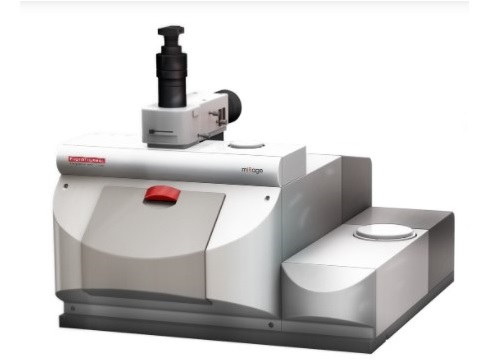Microplastics contamination in oceans and waterways
An emerging environmental concern especially for ocean/aquatic life is microplastics pollution. With research continuing to increase to assess the potential harmful affects to aquatic life and the food chain, accurate characterization and identification of microplastics is becoming critical. Microplastics are small plastic microscopic particles and fibres that range from 1micron to 5mm. Microplastics have been found in virtually all environments, from waterways, to wastewater, to the air we breathe and the food we eat. Owing to their small sizes (1 micron to 5mm) their accurate identification and morphological characterization can be challenging. O-PTIR, with its ability to measure submicron particles and fibres of varied sizes in far field reflection mode to yield FTIR transmission-like spectral quality regardless of particle shape and size, makes it the ideal technique for microplastics/particulate characterization. When coupled with simultaneous Raman (IR+Raman), it becomes an even more powerful tool that brings together the best of IR and Raman into a single measurement, for more thorough and accurate characterization for microplastics contaminants.
O-PTIR image and spectra of PS and PMMA dispersed in saline

mIRage locates PS (0.9 µm, 2.0 µm, 4.5 µm and 10 µm) and PMMA beads (3.0 µm) in salt crystal mixture in hi-res IR images at key absorption bands. Distortion free spectra, even amongst salt crystals at hotspots, confirm the identity of the microplastics and readily searched against IR database. Importantly, and unlike traditional FTIR/QCL systems, spectra are consistent, regardless of particle shape or size when measured in reflection mode – no dispersive scatter artefacts.

Please contact us for more details.

Leave a Comment